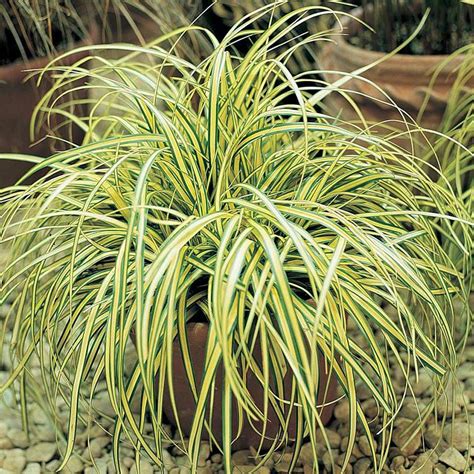Carex Plant. The genus is divided into three main groups. It’s ideal for growing in perennial container displays as a foil for brightly coloured flowers, and also looks good planted beside ponds or at the edge of borders.

Division seed country or region of origin: ⚠ version 1.1 of the plant list has been superseded and should no longer be used. The genus is divided into three main groups.
Native To North America Wildlife Value:
The types for wet soil can be grown at the edges of ponds. They look like grasses, but botanically are called sedges because of certain features. As fall approaches and temperatures start to cool, carex will begin more active growth until the onset of winter.
You Also Need To Examine The Basal Portions Of The Stems And The Underground Organs.
This handsome, low growing, ornamental clumping grass will add a dash of textural color and structural interest to your garden. The majority of the species available are from asian origin and often with variegated foliage, with carex oshimensis and carex morrowii being undoubtedly the two main. Carex plants must have mature seeds for accurate identification.
⚠ Version 1.1 Of The Plant List Has Been Superseded And Should No Longer Be Used.
⚠ version 1 of the plant list has been superseded. Most species are from wet areas such as bogs or damp woods. Division seed country or region of origin:
Some Carex Species Are Used As Ornamental Grasses.
Mulch new plants to keep from drying out and to limit weeds. Water regularly until established and then weekly. Carex sedge plants are light feeders that require little if any fertilizer.
It Is Native To Areas Around The Mediterranean Where It Typically Grows In.
While they are relatively resilient plants,. Statistics are at the end of the page. They are a part of the same family as cyperus papyrus, the plant the ancient egyptians used to make paper.
